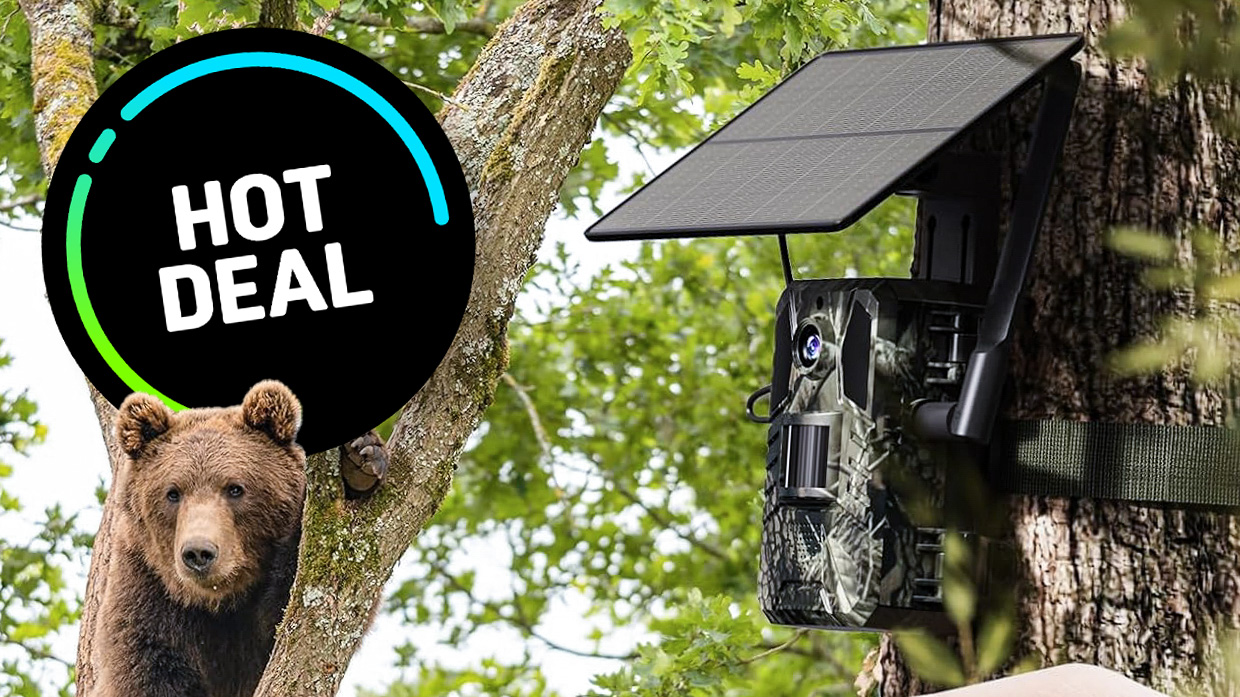194 best professional photography tips from working photographers
Discover some of the best tips for portraits, weddings, landscapes and commercial photography from people who make a living shooting them
141. Silhouette on black backgrounds
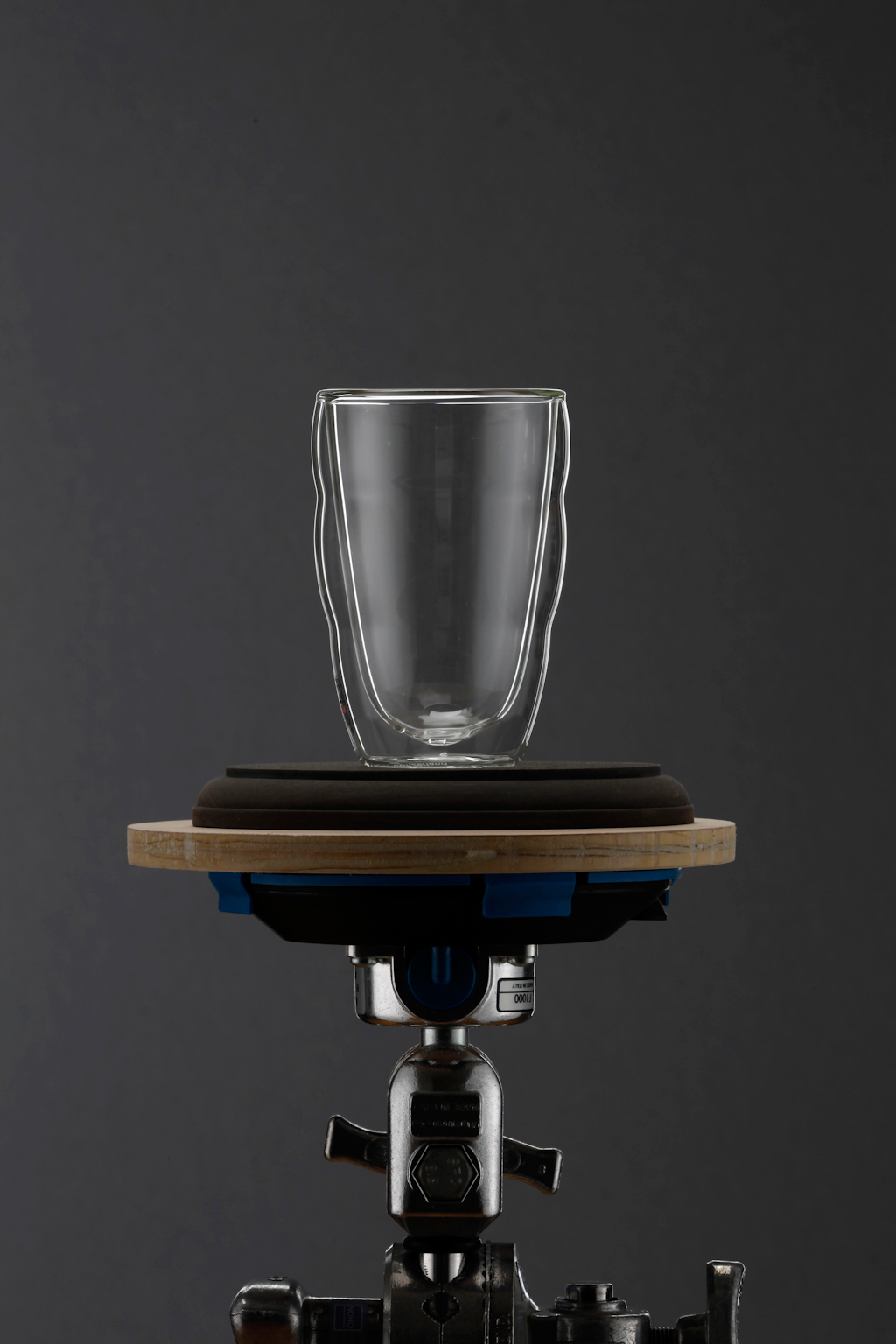
Use a large softbox with diffusion in front of it, then place the black background in front of the softbox. The background should not be bigger than twice the size of the object you’re photographing and should not be covering the full softbox. Place the object on a small C-stand in front of the background and capture from eye-level.
142. Work closely with your retoucher
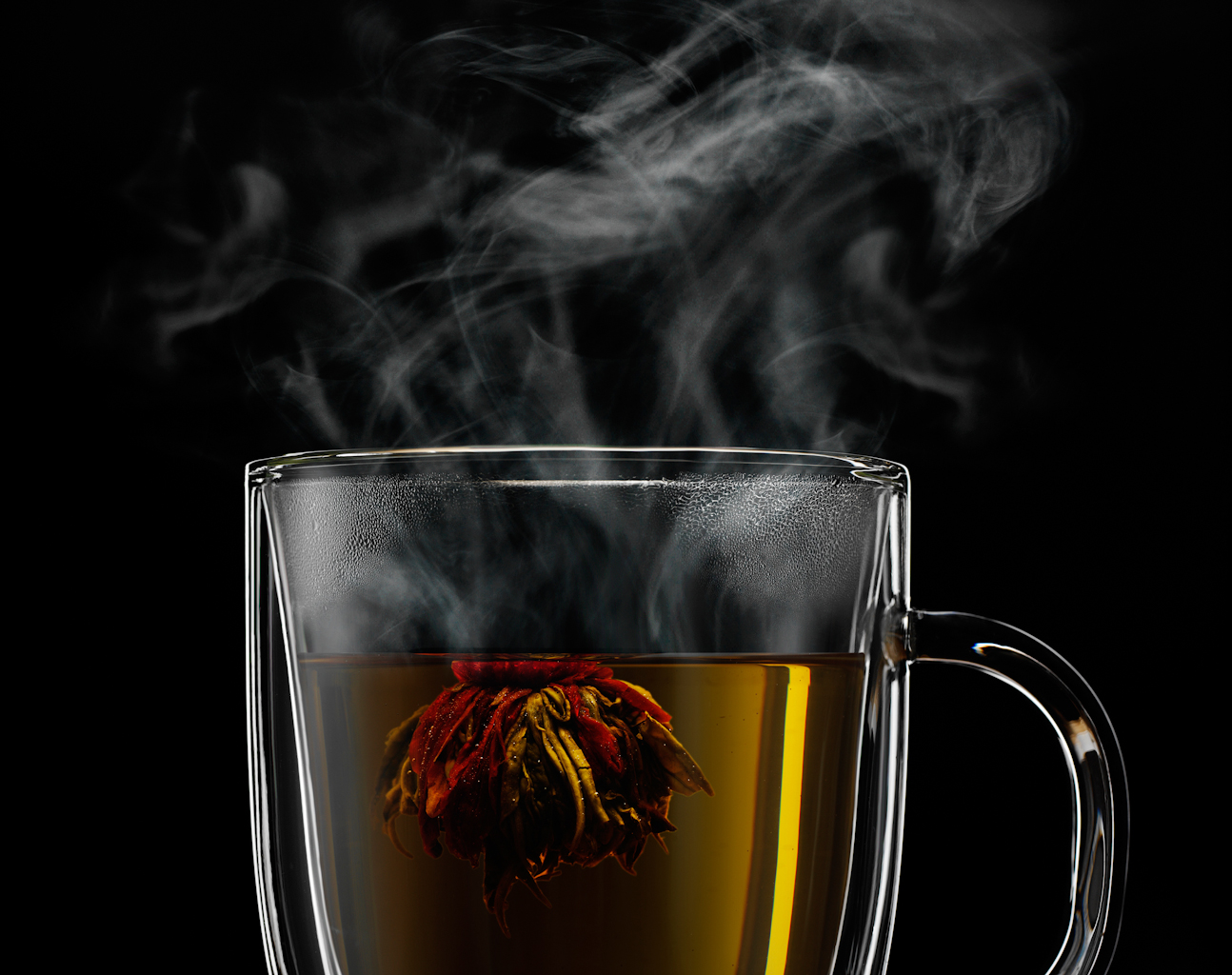
Discuss any project with your retoucher before the shoot, so you won’t miss capturing important additional elements, if necessary. Input from your collaborators is crucial for a successful shoot, especially in regards to post-production work.
143. Gradual tones for food
It’s visually pleasing to have gradual tones from light to dark on your food set. Always put your surface at a slight angle from your main light source to achieve that.
144. Shooting on white surfaces
Never shoot on white seamless. The surface should trail off into the background, which should be a diffusion lit from behind with a softbox. The softbox and diffusion should always be far away from the surface, so the background is out of focus.
145. Water-resistant labels
Whether you use condensation on beer bottles, submerge them into ice or drop them into a tank, it’s crucial that you treat the labels beforehand. Get separate labels from the client, apply a translucent lacquer and let them dry before reapplying to the bottles.
146. Evian for condensation effects
When creating condensation effects on your cocktail glass or ice-cold beer bottles, always use Evian Brumisateur spray. This is a super-fine pure water mist spray, which evenly distributes tiny condensation droplets.
147. Always work with a stylist
Always use the experience, expertise and skill of a food, drink or liquids stylist when shooting in these genres. Excellent collaborators are the key to excellent images. Great stylists are indispensable and will elevate your work.
Get the Digital Camera World Newsletter
The best camera deals, reviews, product advice, and unmissable photography news, direct to your inbox!
148. Prelight and setup
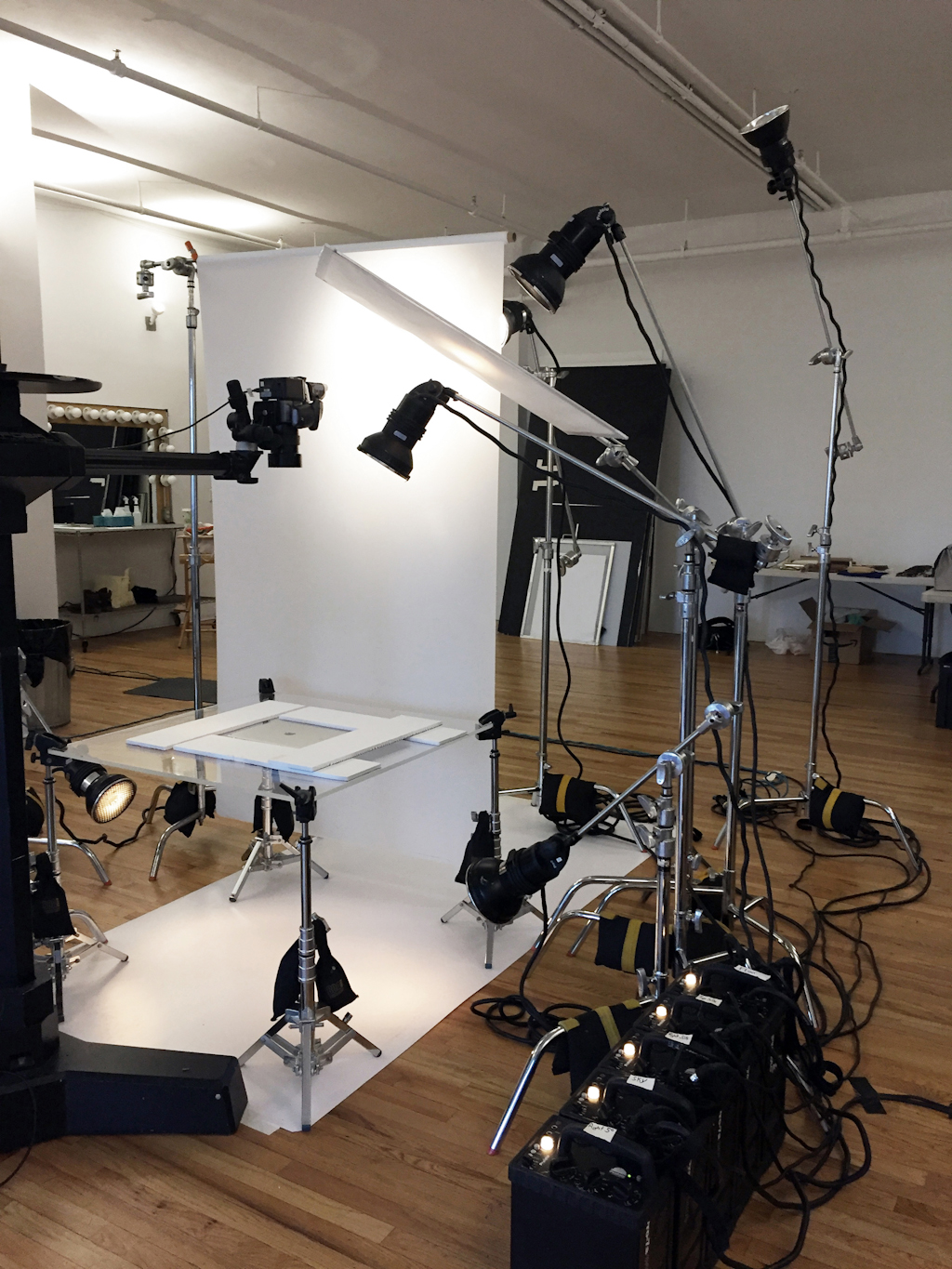
Always schedule a full day for setup, test and prelight, so by the time the client shows up on set the next day, you’ll basically have the first shot already captured. This alleviates pressure, reassures the client and your shoot will run smoother, guaranteed.
149. Use ‘Sun Seeker’
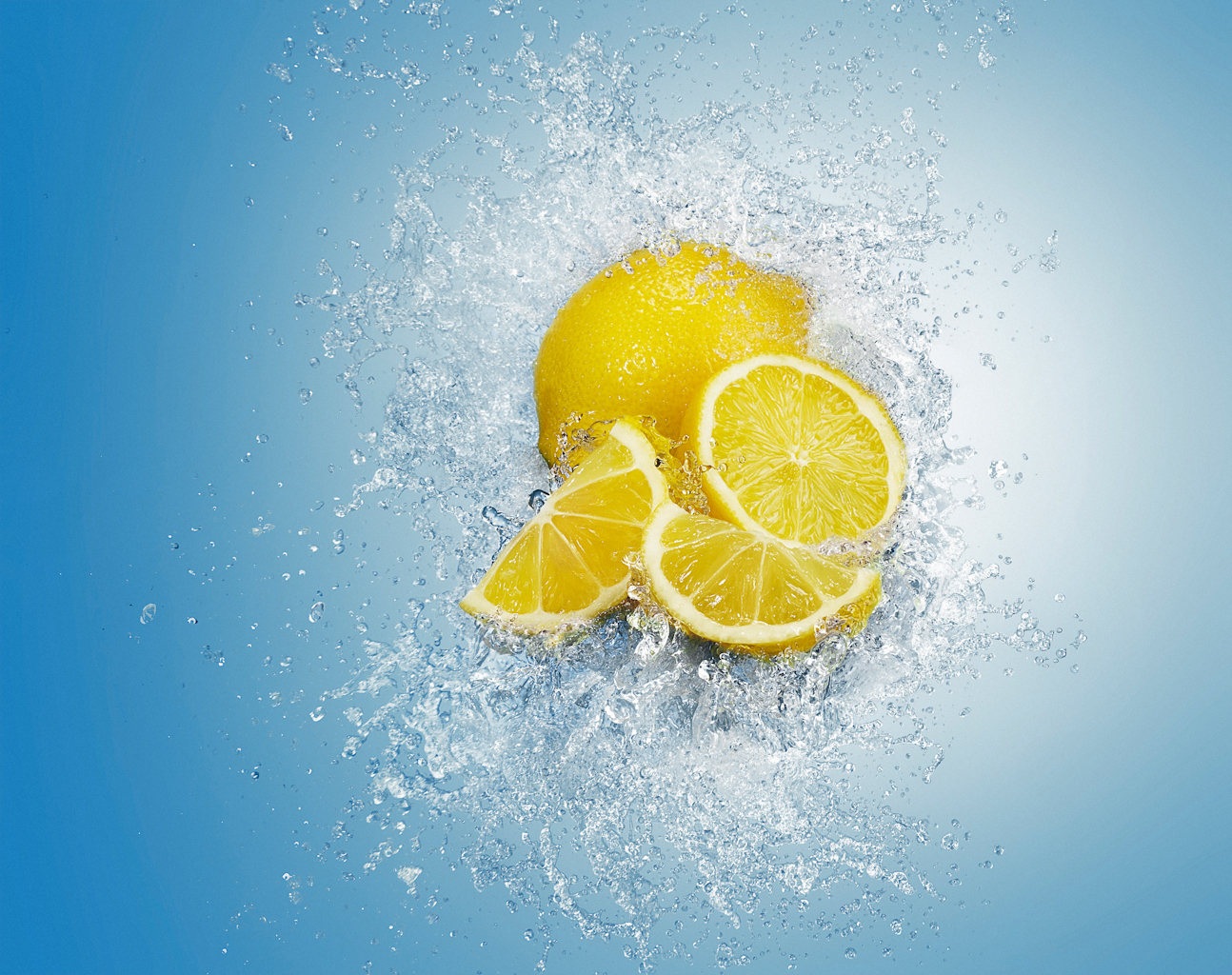
When using daylight as your main light source, determine the best spot to set up within your studio or on location with an app called ‘Sun Seeker’. It shows the exact trajectory of the sun and possible direct daylight interference.
150. Dry ice for ice cream
Cut ice cream scoops in half and put them in a small box of dry ice. Frozen solid, place it on set to shoot from above – with plenty of time to spare before it softens.
151. Foam stabiliser for beer
When shooting beer, I highly recommend a foam stabilising agent, to keep and hold the foam for a little while. Usually, I do not use any artificial ingredients for food or liquids, but having more than ten seconds to shoot the perfect beer head is a big advantage.
152. Keep fruits fresh
When cutting fruit/veggies, you can prevent accelerated browning of the exposed surfaces by keeping the cut pieces in cold water mixed with lemon juice.
153. Remove liquids
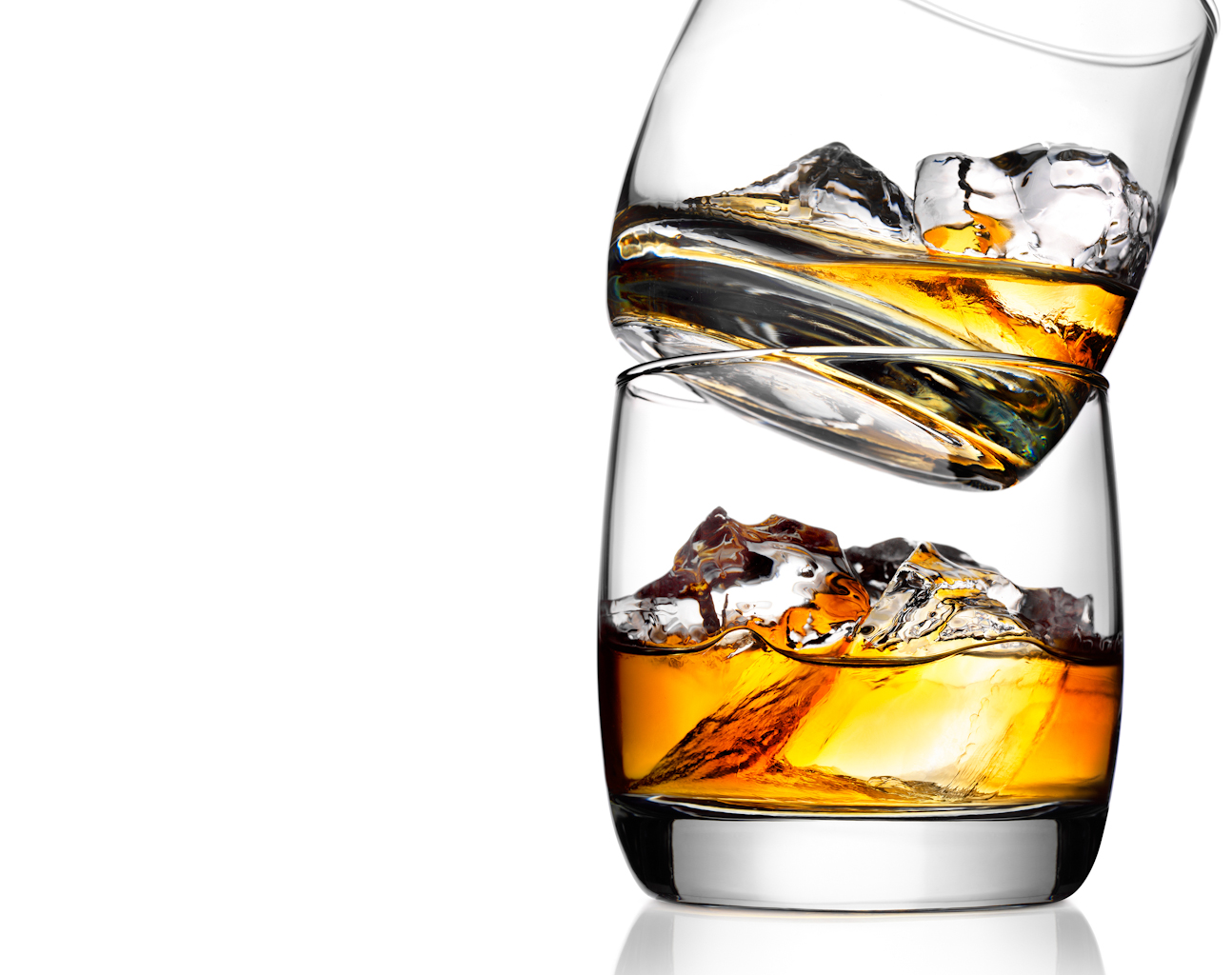
If you want to remove liquid from a glass, use an eyedropper, as this way you won’t have to move the beverage off set or recompose your shot.
154. Add bubbles
If you are shooting a drink that is carbonated and is supposed to have fizz, you can always add a little sugar to renew the bubbles.
155. Create glow
When shooting drinks, use large milky plexi as diffusion behind the drinks. This will allow you to create gradual tones and beautiful glow when lighting the plexi with grid reflectors from behind, at an angle.
156. Subtlety in retouching
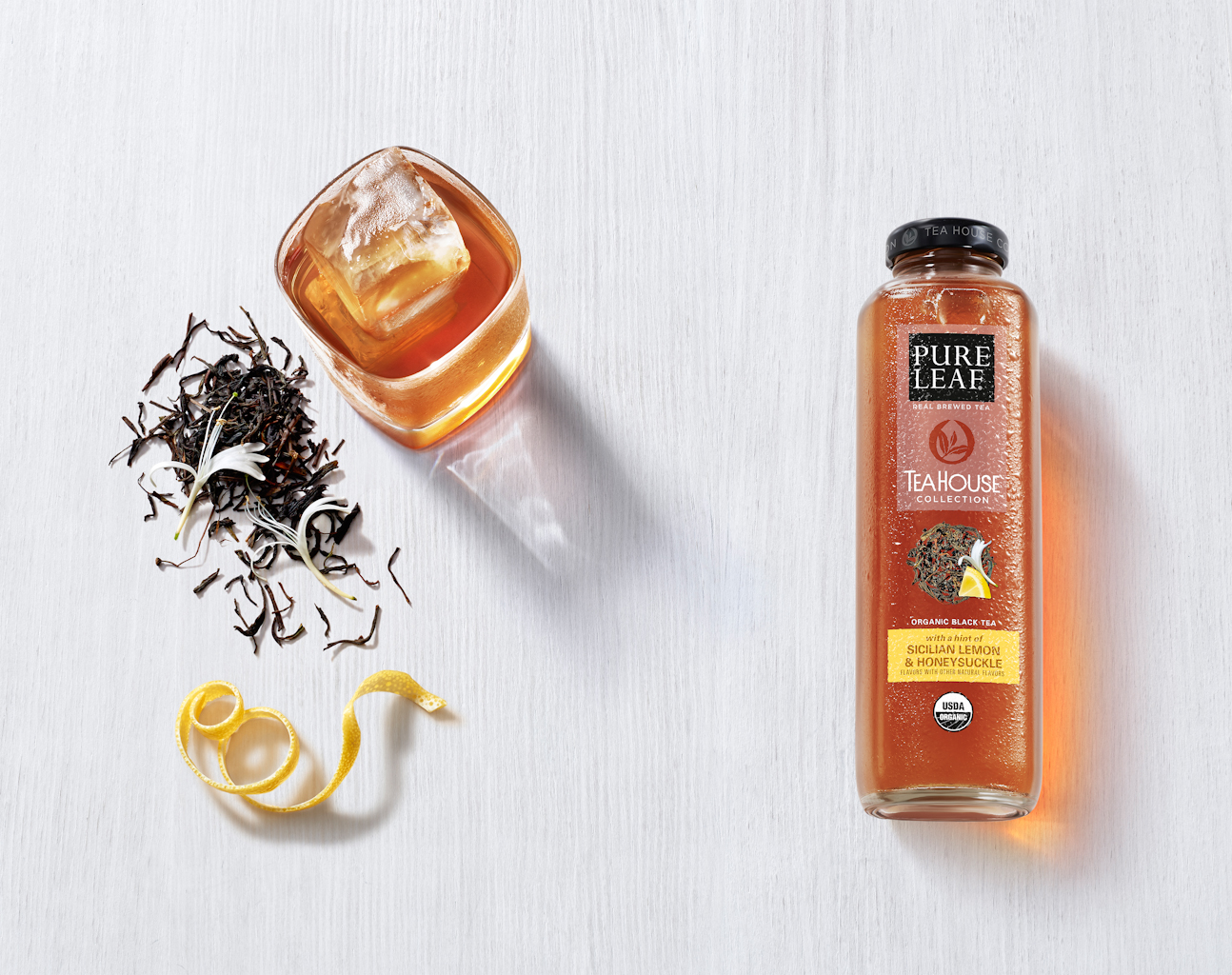
When you work on a campaign for a longer period of time, it can be easy to lose track of how it initially looked. When you are happy with your final version, always cross-check with your initial capture to see whether you went too far.
157. Shoot with real ice
Using real ice when capturing drinks is a huge advantage, since all the little ridges, edges and refractions are hardly matched by a plastic cube. You will need to shoot faster since the ice transforms, but if you shoot in layers you will be able to take care of this problem easily.
158. High-speed strobes for liquids
It is absolutely crucial to use high-speed strobes such as Broncolor when capturing liquids. High-speed strobes have the ability to produce very short bursts of light (depending on the pack, between 1/4,000th-10,000th of a second). Since the light only illuminates the splash for such a short time, the liquid will be frozen in time.
159. Shoot in layers
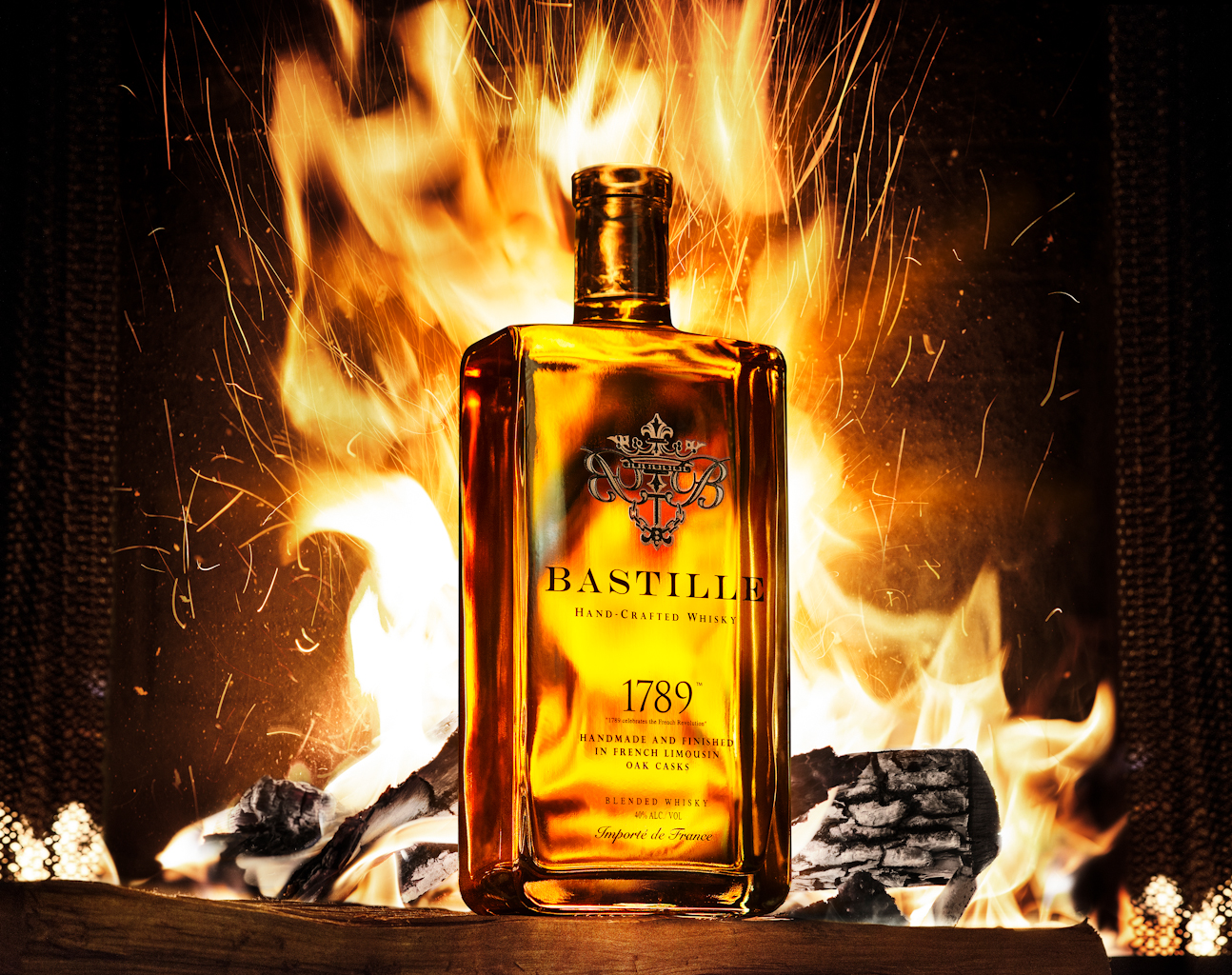
I always shoot in layers and for great results, so should you. Make one main overall exposure and then concentrate lighting different elements separately, without moving any of the objects. Then layer each element into the main exposure in post. Subtlety is crucial!
160. Clean your tripod
Look after your tripod, and it will look after you. Care should be taken to ensure that the joints between leg sections are not rusting or deteriorating in any other way, as this could prevent them from locking properly.
161. Bracket when in doubt
If you are unsure of the exposure, or the dynamic range of the scene can be adequately recorded in a single frame, simply bracket your exposures to give you the chance to choose the best later, or merge two or more together in Photoshop.
162. Process with care
It’s very tempting to start getting more than a little carried away with your image processing, particularly with things like the Saturation slider. However, less is often more when it comes to Photoshop.
163. Keep the passion
It’s easy to get so caught up in your own photos or business that you stop looking beyond this and being a ‘fan’ of photography in general. It will help you to stay fresh.
164. Only clean when necessary
Your lenses are tougher than you perhaps think, and can be safely cleaned provided you’re careful and sensible – but don’t obsess over every last speck of dust, as this will not affect your photos.
165. Change your camera strap
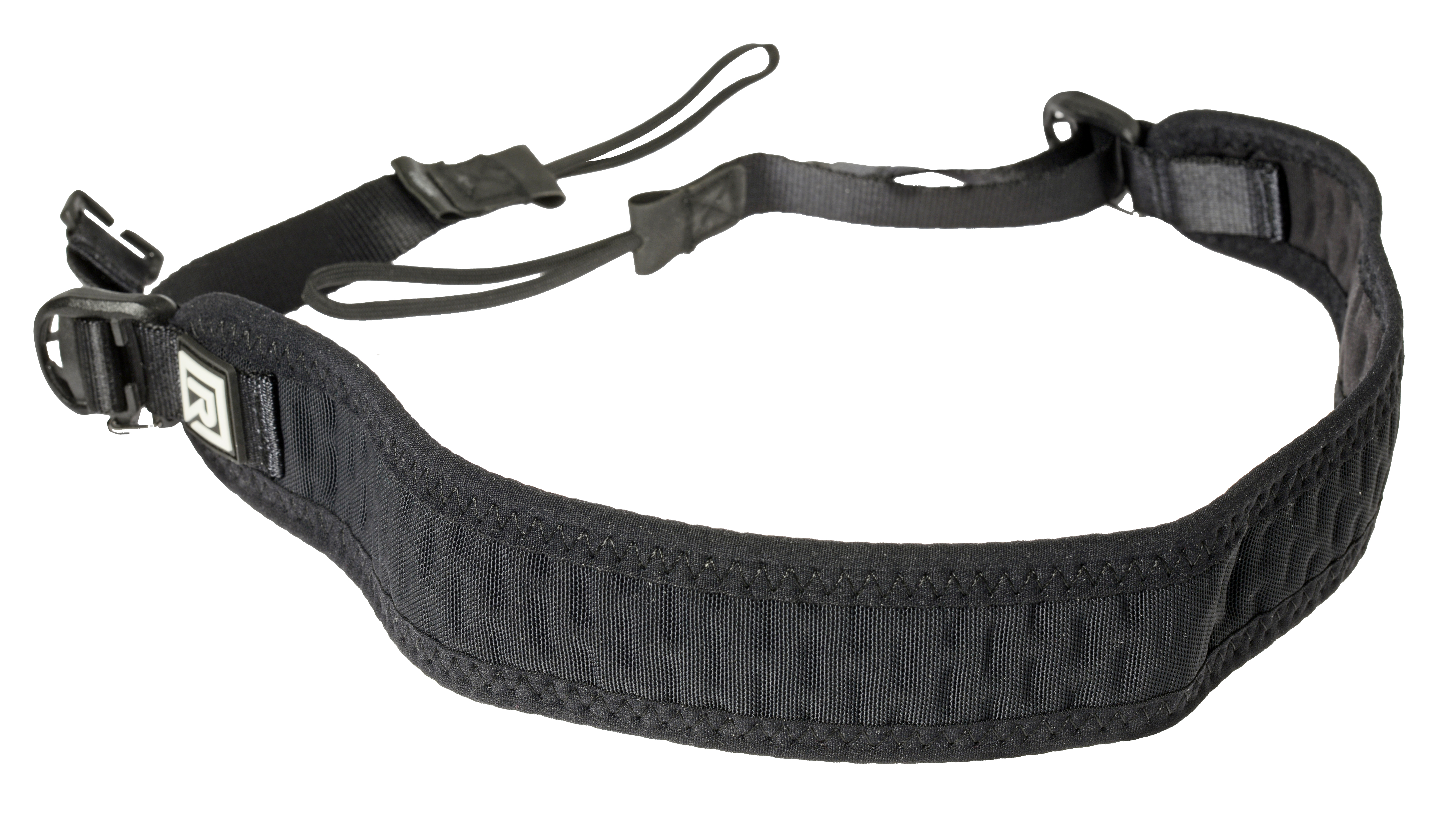
Don’t just stick to the strap that came with your camera – there are dozens of different types available on the market, so find one that suits you best.
166. Listen to constructive criticism
Photographers, like all artists, can be defensive of their work, but don’t ignore constructive criticism. There’s no such as a perfect photo and there’s always something to learn from the comments of others.
167. Don’t shoot sharp
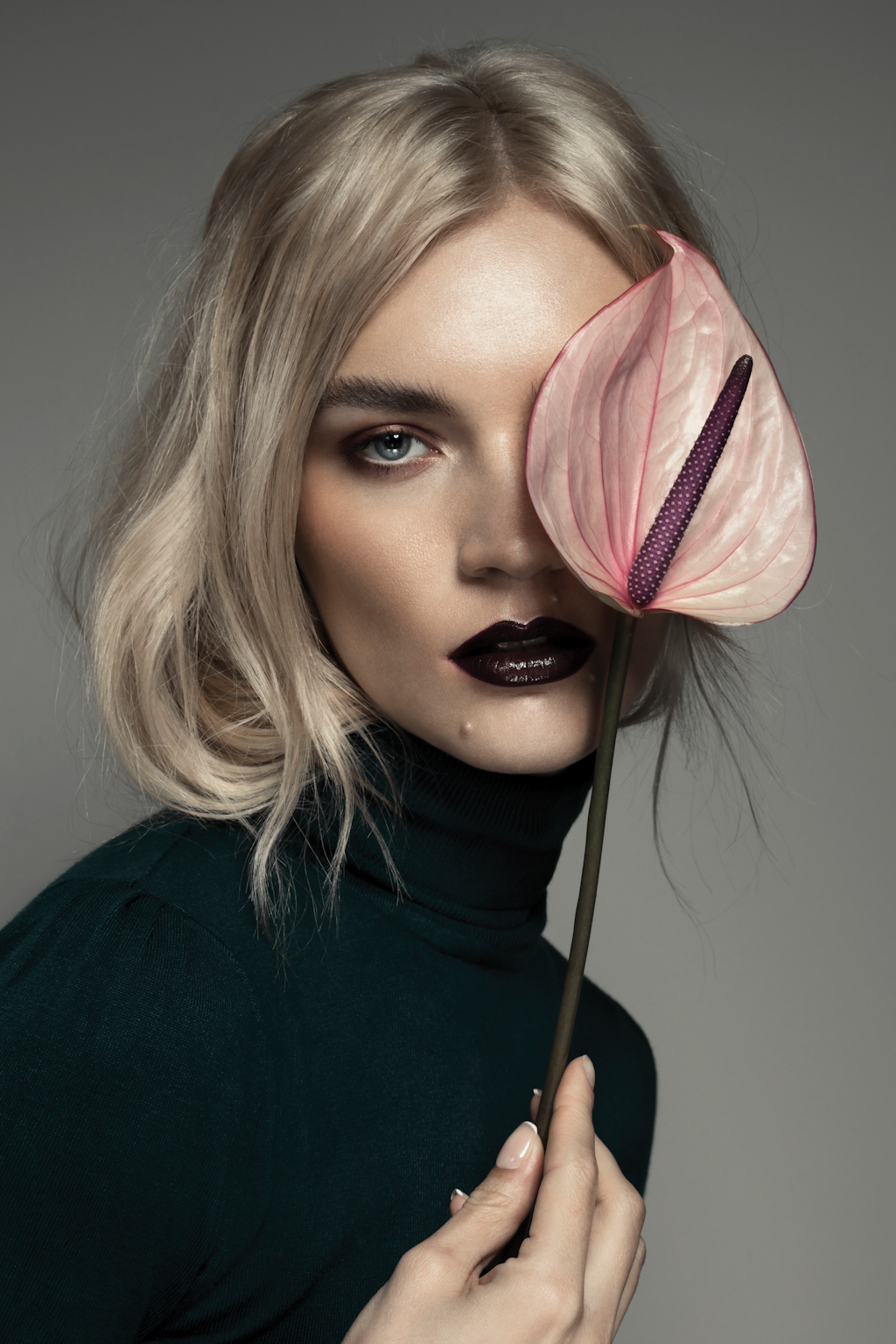
Again, this flies in the face of what every photographer tries to do when they start out, but a slow shutter speed or slight defocusing, with the blur that results from this, can produce creative images.
All words: Adrian Mueller and Digital Photographer
Digital Photographer is the ultimate monthly photography magazine for enthusiasts and pros in today’s digital marketplace.
Every issue readers are treated to interviews with leading expert photographers, cutting-edge imagery, practical shooting advice and the very latest high-end digital news and equipment reviews. The team includes seasoned journalists and passionate photographers such as the Editor Peter Fenech, who are well positioned to bring you authoritative reviews and tutorials on cameras, lenses, lighting, gimbals and more.
Whether you’re a part-time amateur or a full-time pro, Digital Photographer aims to challenge, motivate and inspire you to take your best shot and get the most out of your kit, whether you’re a hobbyist or a seasoned shooter.

